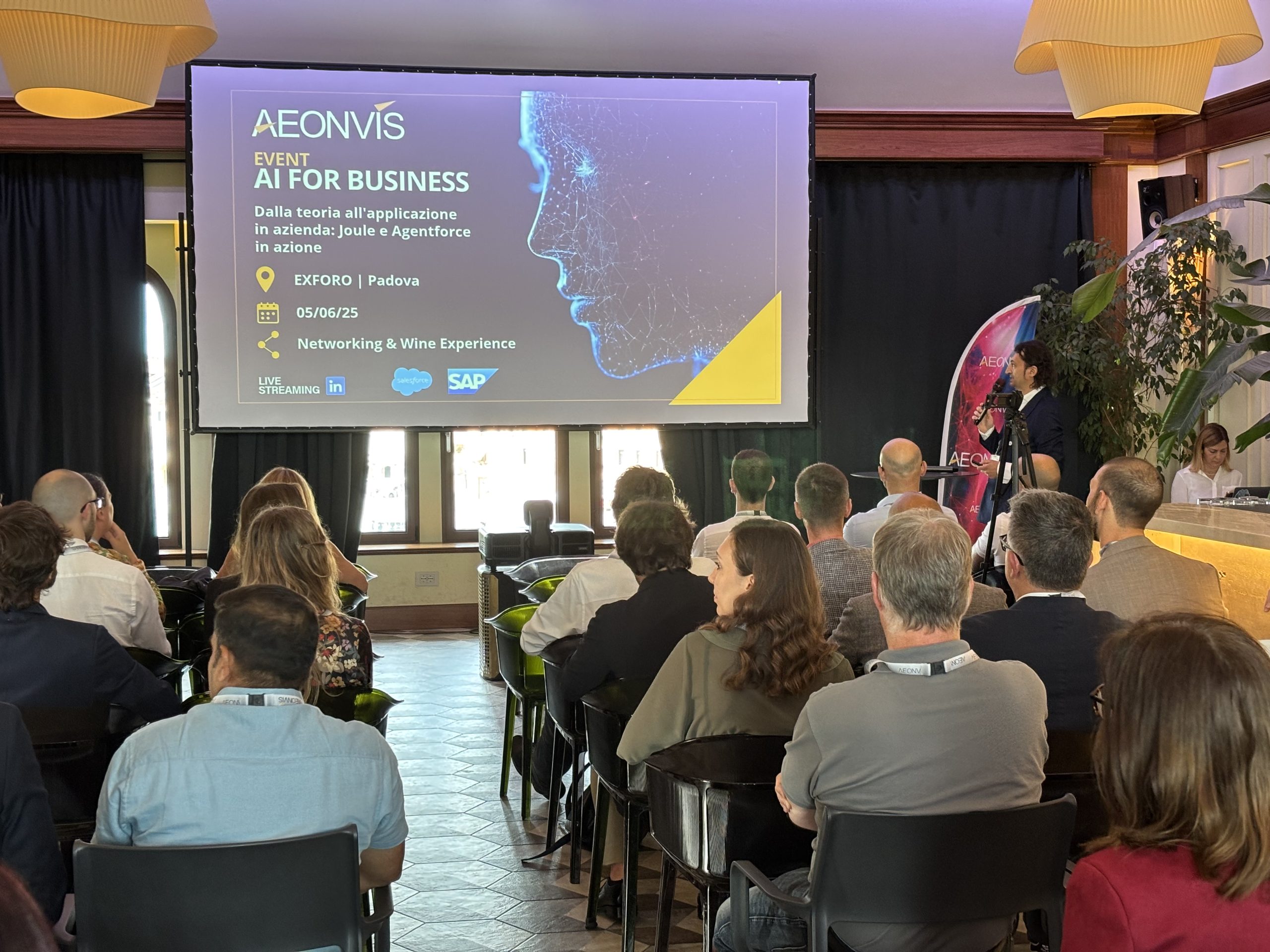Today we would like to focus specifically on the world of ecommerce, where the Amazon model is routing everyone but … it’s not for everyone! Ergo: could we be talking about a new era for retail? Let’s find out together!
Ecommerce and retail: the Amazon model is not for everyone
The “Amazon model” is not for all ecommerce users. According to market research on ecommerce and retail, building a smooth, circular path for one’s customers enables an increase of up to 12 percent in so-called customer lifetime value, which is the total value a customer will generate for a company over the course of his or her relationship with it. Research conducted by the Boston Consulting Group, a global consulting firm that works with business leaders to tackle big challenges and seize unique opportunities, has given a definition of consumer metrics based on their buying behaviors. Choosing what to buy, retailer loyalty, word-of-mouth, etc.: the Amazon model is not for everyone, and we quickly understand why.
Ecommerce and retail: what consumers expect

Convenience, quick and easy comparison, fast and accurate delivery, and return options. These are the main features that Amazon offers customers through its service. Thus, a kind of competition with this model has been created by many other retailers, as they are particularly intent on satisfying a very specific category of customers who know what to look for and how to compare in order to arrive at finding the ideal product by buying conveniently online. And here the expectations for the retailer are raised as they must be able to increasingly satisfy a discerning, attentive and thorough customer in choosing the ideal product. Providing a flawless customer journey is what the customer wants, creating a personalized integration that encompasses both online and offline. This is one of the strengths of the giant Amazon over large retail chains that tend to manage their presence on physical and digital channels separately. The result is the fragmentation of the experience, which is likely to become complex, not pleasant or easy to live with.
Ecommerce and retail: what are the profiles of ecommerce users in Italy
We continue to talk about retailers and consumers’ choice to rely on one retailer over another. Below is a division on the type of consumer on an ecommerce site in our “Bel Paese,” data and considerations that emerge from a research conducted again by Boston Consulting Group.
Ecommerce and retail: the hedonists
Hedonists represent 35 percent of the sample in the research conducted. They love to be inspired by the new, by what is unique and exclusive. Buying from a single-brand store makes them happy. The vast majority of hedonists plan their purchase in advance and have a clear idea of which brand they want to buy. They also like to look for info about the product they buy as well as potential products they plan to buy in the future.
Ecommerce and retail: the proxies
Proxies (30 percent) want to be guided in their purchase by those who know more than they do (family, friends, or trained personnel). After-sales support is essential to them. They prefer traditional retail chains and most of them (nearly 70%) want to buy in a physical store rather than online.
Ecommerce and retail: optimizers
Optimizers (25 percent) know what they are looking for, have clear selection criteria, want to compare multiple products and have time to identify the optimal option for them. Precisely because of their calmness in choosing and then proceeding to purchase, they do not like to be pressured to finalize it if they do not think it is the ideal time for them. More than 50% of this category buys online.
Ecommerce and retail: the opportunists
Another interesting category is the opportunists, who choose the product themselves and then hunt online for the retailer offering the lowest price and the fastest possible delivery. They do not like to waste time and are looking for a ‘smooth, hitch-free experience. They are not inclined to go to the store and those few that do do not interact with the salesperson because they already know what they want to buy as well as know the cost per product.
Ecommerce and retail: the evolution of retailers

Among the categories listed above, there are two namely optimizers and opportunists, who increase the degree of satisfaction when finalizing their purchase from ecommerce platforms such as the giant Amazon. On the other hand, however, there are the hedonists and delegators who complain of a substandard shopping experience. From this it has been deduced that retail chains today should work on a cross-channel experience i.e., one that can encompass both online and offline: the physical presence of a brand is thus not an extra cost but a great competitive advantage in the target market. Boston Consulting Group incites all retaliers to evolve, focusing not only on selling the specific product but on solutions that are custom for the individual customer. Ideas to satisfy all categories of customers include, for example: -For hedonists the possibility of being able to be part of an exclusive club to experience together with the brand and enjoy the benefits of the brand for the customer. -For delegates for example, giving the possibility to easily address a human assistant, including online, who is aware of their profile and knows how to establish a trusting relationship by guiding them throughout the customer journey.
Conclusions

Since the pandemic, many things have changed, even and especially for the world of traditional commerce which needs a transformation to survive the sudden changes of this last few years. The decision-making processes behind purchasing have completely turned upside down: while ecommerce, however, shows no signs of abating its race by posing a threat in terms of the benefits it offers, retail possesses characteristics such as: shopping experience, value of relationships, and advice that ecommerce cannot totally offer at the moment. Being able to discern the different categories of customers that orbit ecommerce and retail proves necessary to take actions to improve the customer journey. For ecommerceand retail , therefore, a new era lies ahead, a new way of approaching the customer, who is increasingly demanding, attentive and aware of what they are looking for and want. In the next in-depth article dedicated to ecommerce, insights, upcoming news and evolutions of an ever-changing world such as the one involving ecommerce, an industry that continues to expand relentlessly, tending more and more to the refinement of its offering to the customer. Until next time!











